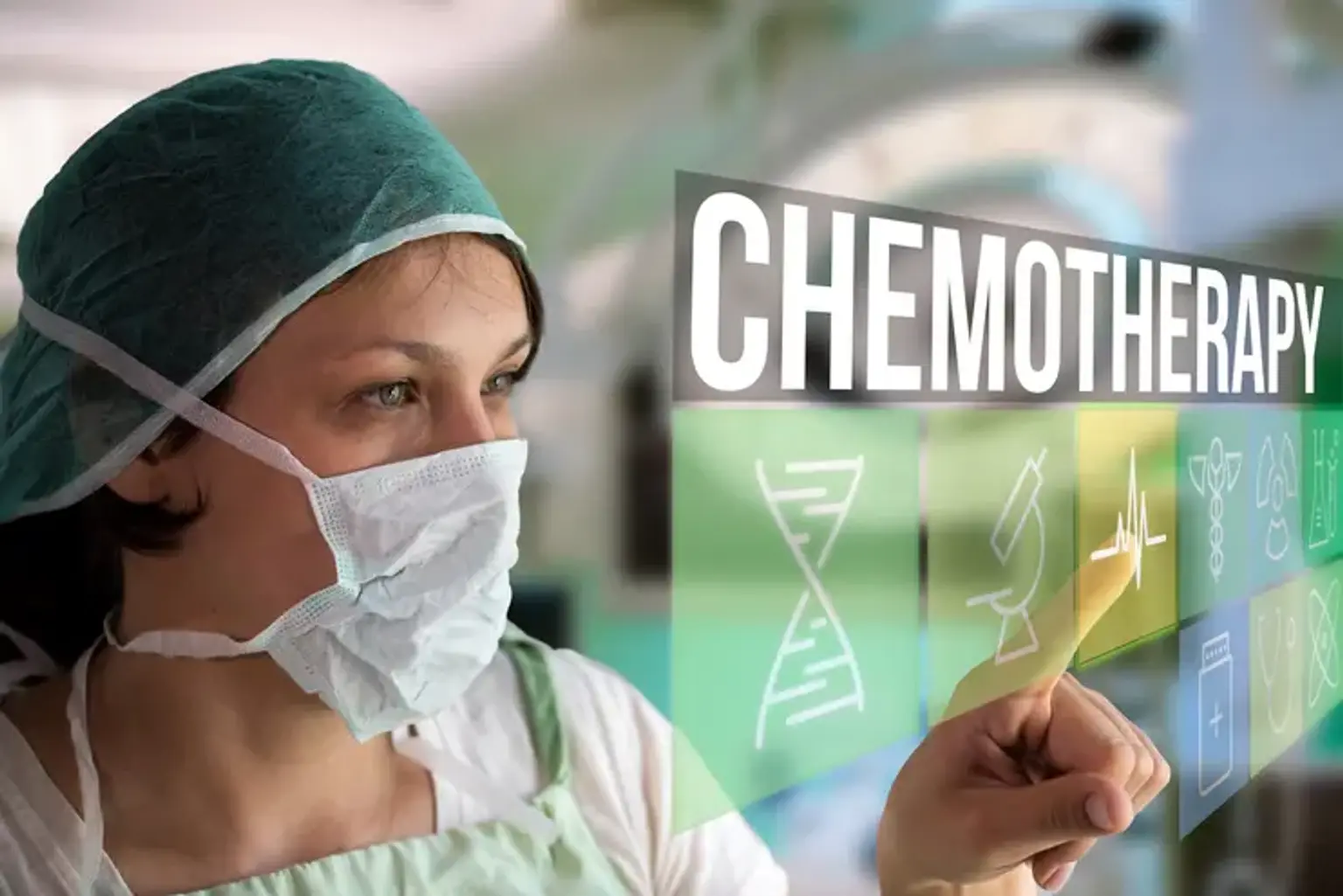Neoadjuvant Chemotherapy
Overview
Neoadjuvant chemotherapy allows doctors to more readily target malignant growths at a later stage. Neoadjuvant chemotherapy is chemotherapy given to a cancer patient prior to their initial course of treatment. The goal is to use medications to decrease a malignant tumor before going on to other therapies, such as surgery.
"Neoadjuvant" therapy refers to any cancer treatment provided before to the primary treatment with the purpose of increasing the likelihood of the main treatment's effectiveness. Because surgery is the primary treatment for breast cancer, neoadjuvant therapy refers to any treatment given prior to surgery. In many individuals, neoadjuvant chemotherapy can enhance the patient's prognosis and postoperative recovery.
